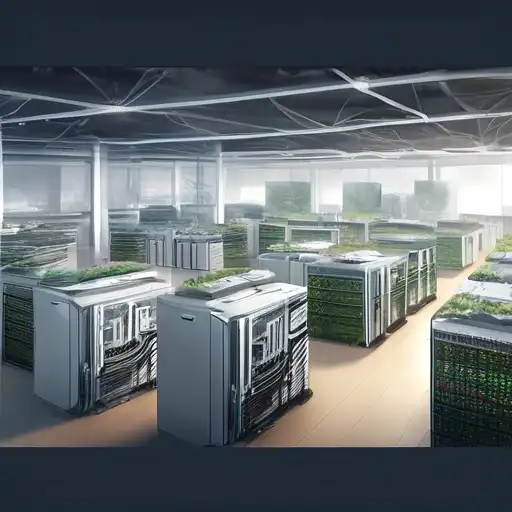Introduction to Sustainable Hardware in Tech
In today's rapidly evolving tech landscape, sustainability has become a cornerstone for innovation. Tech companies are increasingly turning towards sustainable hardware solutions to reduce environmental impact while maintaining high performance. This shift not only addresses the growing demand for eco-friendly products but also aligns with global sustainability goals.
Why Sustainable Hardware Matters
The tech industry is notorious for its significant carbon footprint, largely due to the production and disposal of hardware. Sustainable hardware solutions offer a way to mitigate this impact by focusing on energy efficiency, recyclability, and the use of non-toxic materials. By adopting these practices, companies can contribute to a healthier planet while also appealing to environmentally conscious consumers.
Key Features of Sustainable Hardware
- Energy Efficiency: Devices designed to consume less power without compromising performance.
- Recyclability: Components made from materials that can be easily recycled at the end of their lifecycle.
- Durability: Products built to last longer, reducing the need for frequent replacements.
- Non-toxic Materials: Avoidance of hazardous substances in manufacturing processes.
Examples of Sustainable Hardware Solutions
Several tech companies are leading the way in sustainable hardware. For instance, modular smartphones allow users to replace individual components instead of the entire device, significantly reducing e-waste. Similarly, servers and data centers are being designed with energy efficiency in mind, utilizing renewable energy sources and advanced cooling technologies.
Benefits for Tech Companies
Adopting sustainable hardware solutions offers numerous advantages for tech companies. Beyond the obvious environmental benefits, these practices can lead to cost savings in the long run, enhance brand reputation, and open up new market opportunities. Furthermore, companies that prioritize sustainability are more likely to attract and retain top talent who value corporate responsibility.
Challenges and Considerations
While the benefits are clear, transitioning to sustainable hardware is not without its challenges. High initial costs, limited availability of sustainable materials, and the need for consumer education are just a few of the hurdles companies may face. However, with strategic planning and commitment, these obstacles can be overcome.
Looking Ahead: The Future of Sustainable Hardware
The demand for sustainable hardware is expected to grow as consumers and regulators alike push for greener tech solutions. Innovations in material science, coupled with advancements in recycling technologies, will play a pivotal role in shaping the future of sustainable hardware. Tech companies that invest in these areas now will be well-positioned to lead the industry in the years to come.
For more insights into how tech companies are embracing sustainability, check out our latest article on tech sustainability trends.
